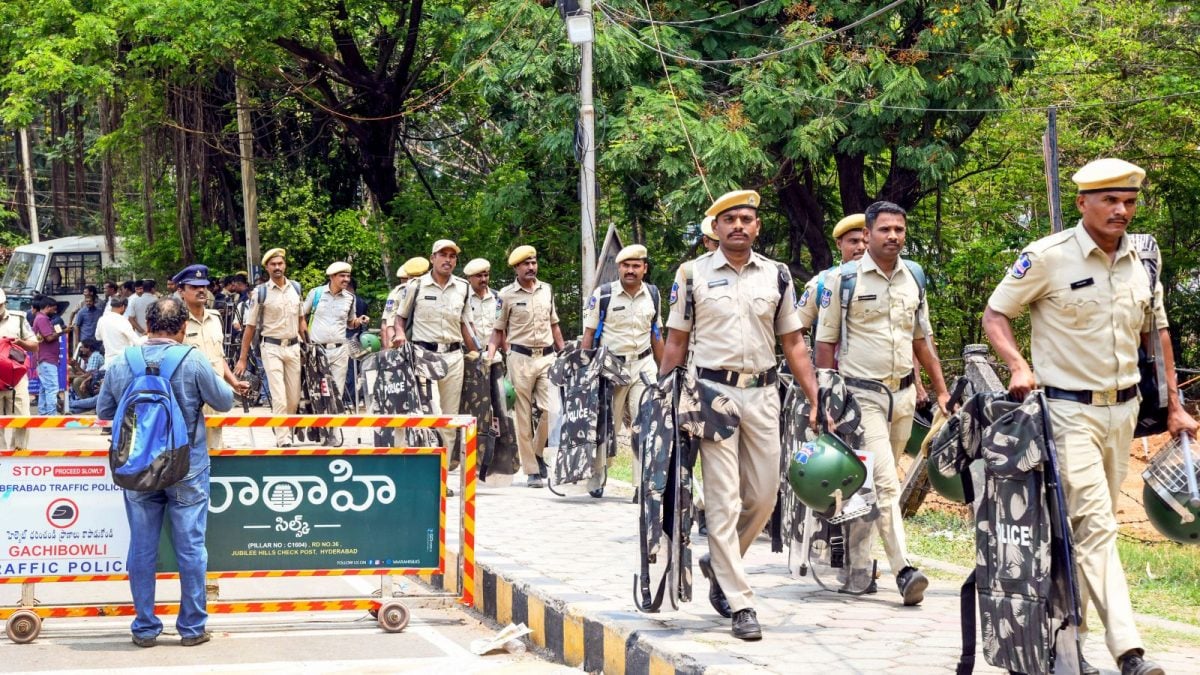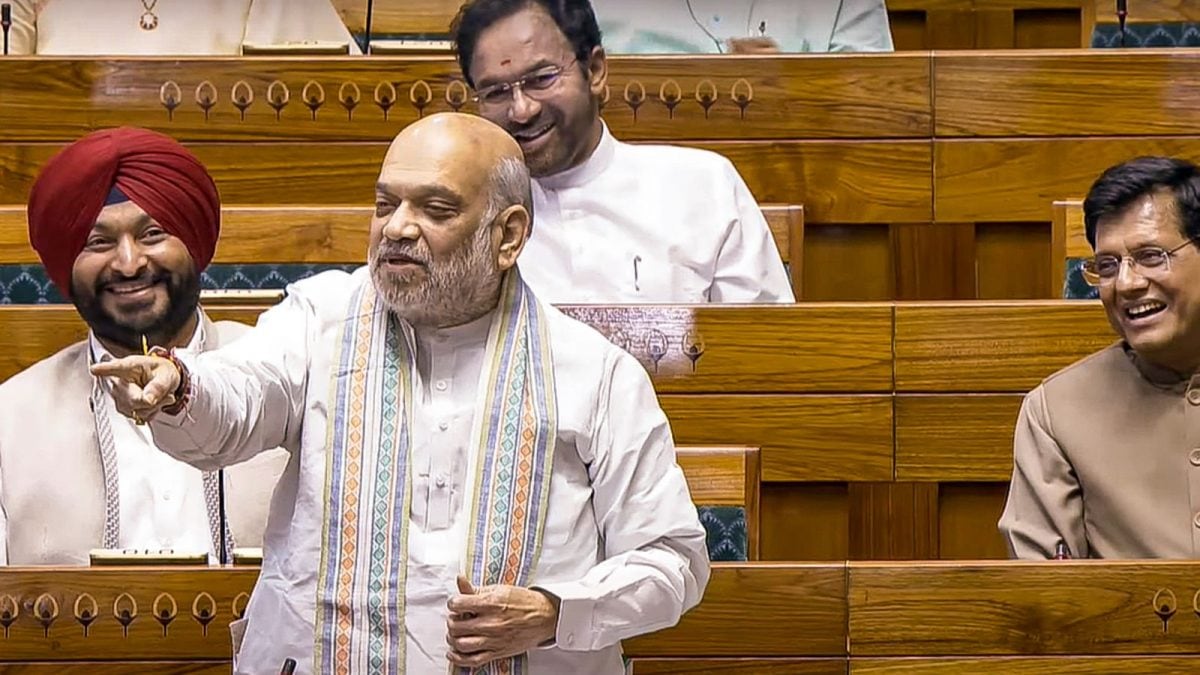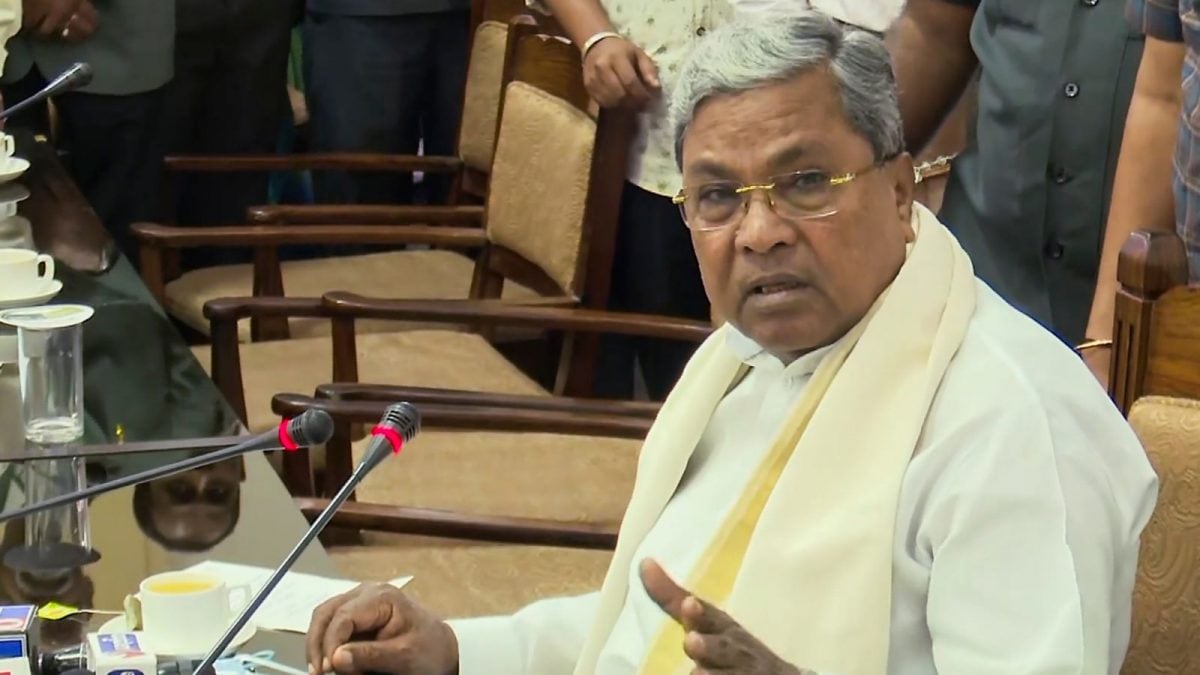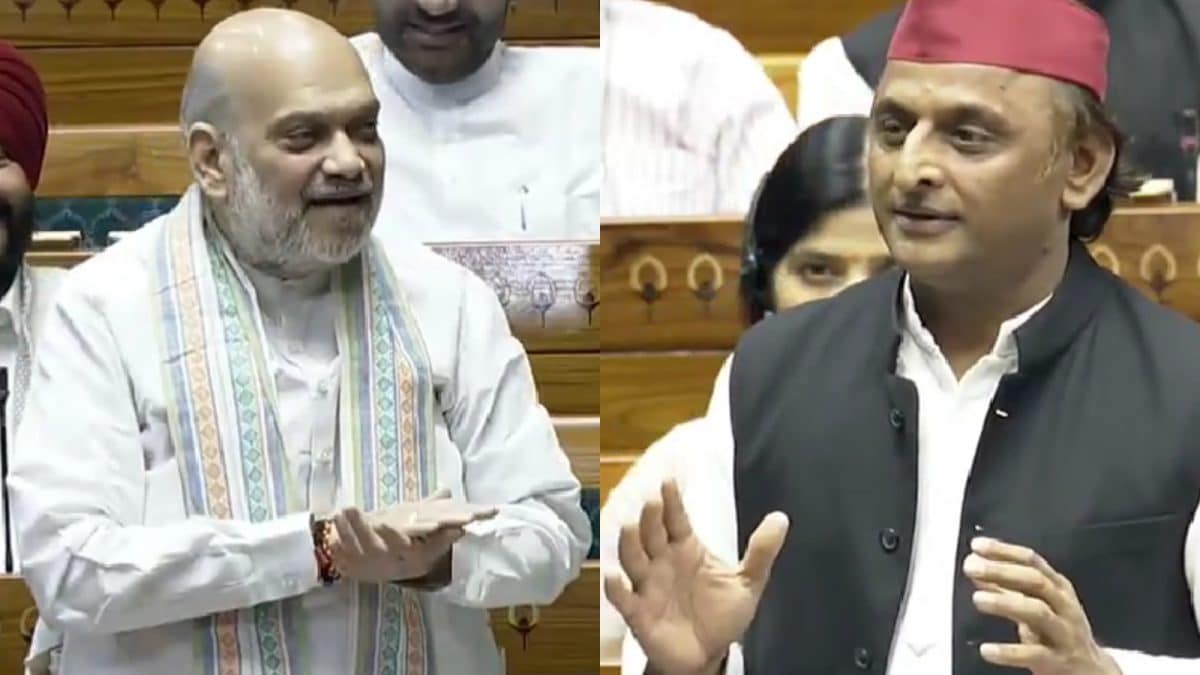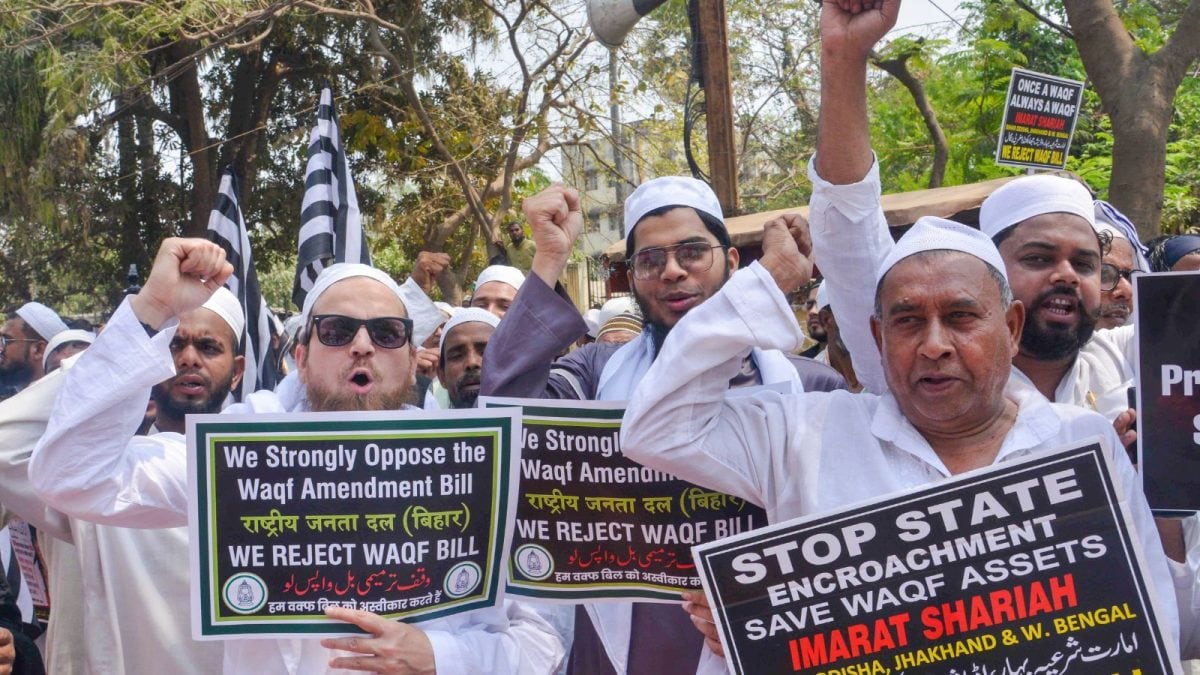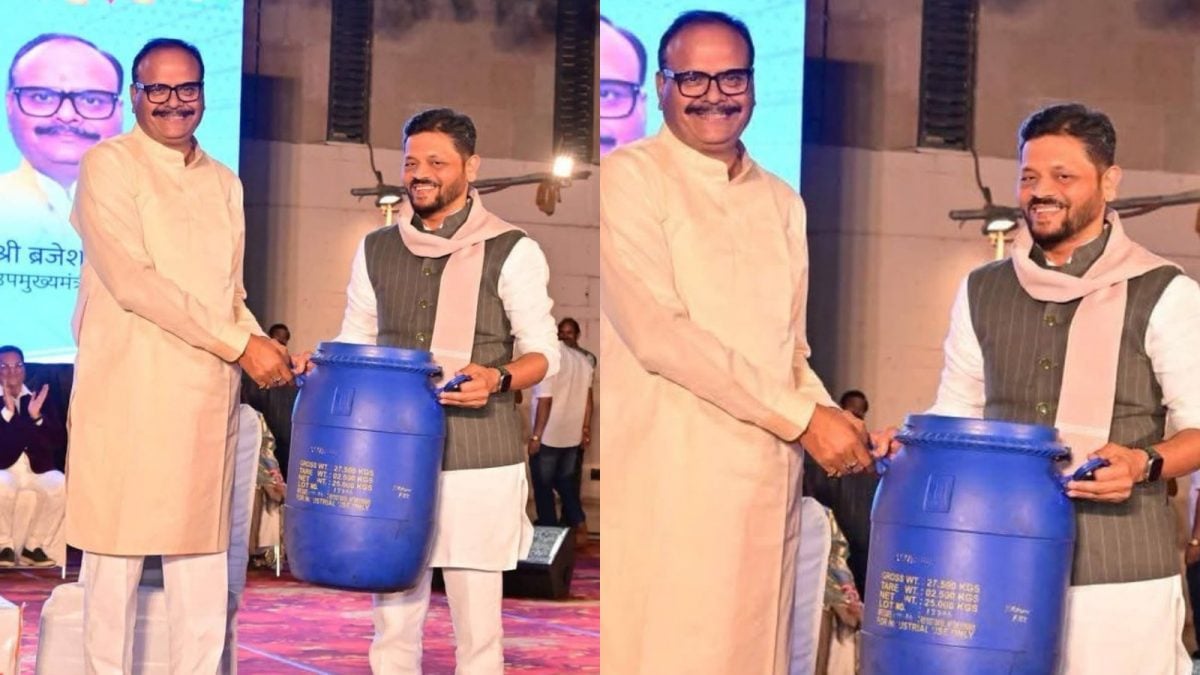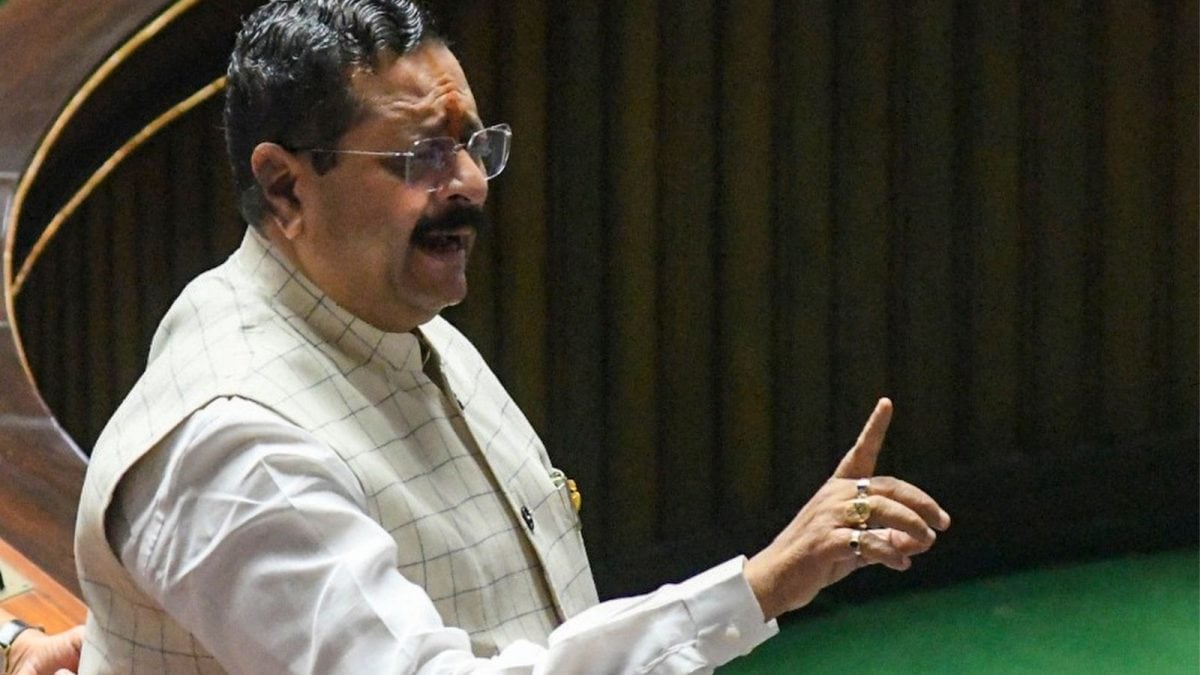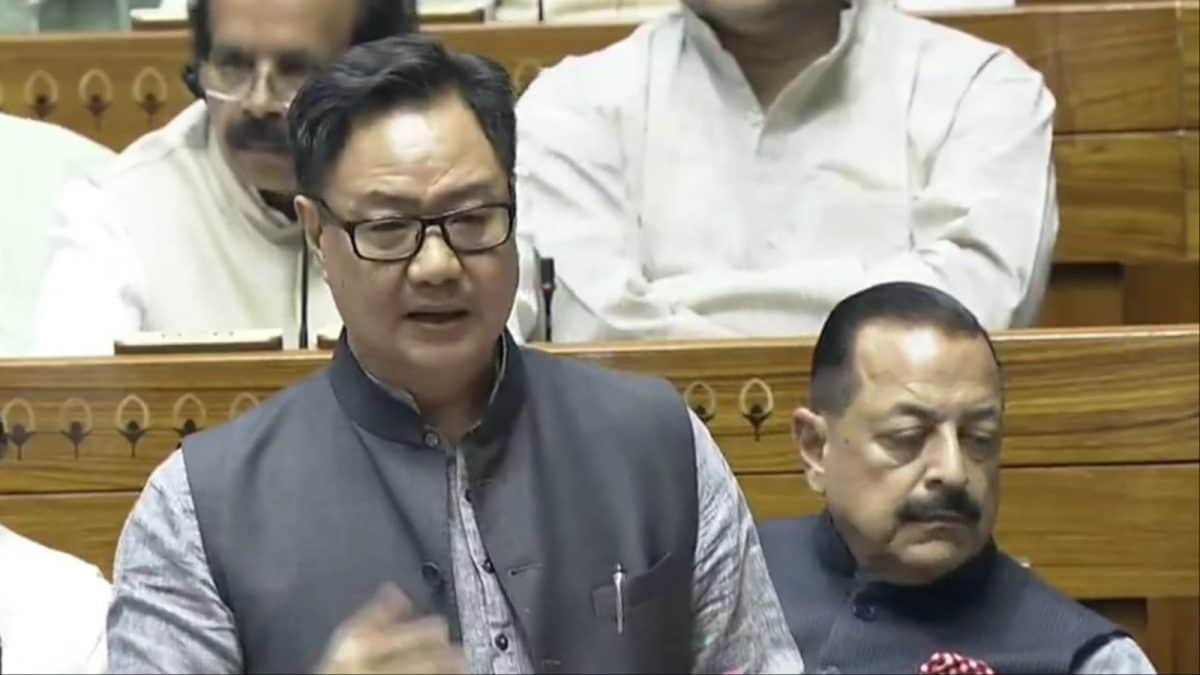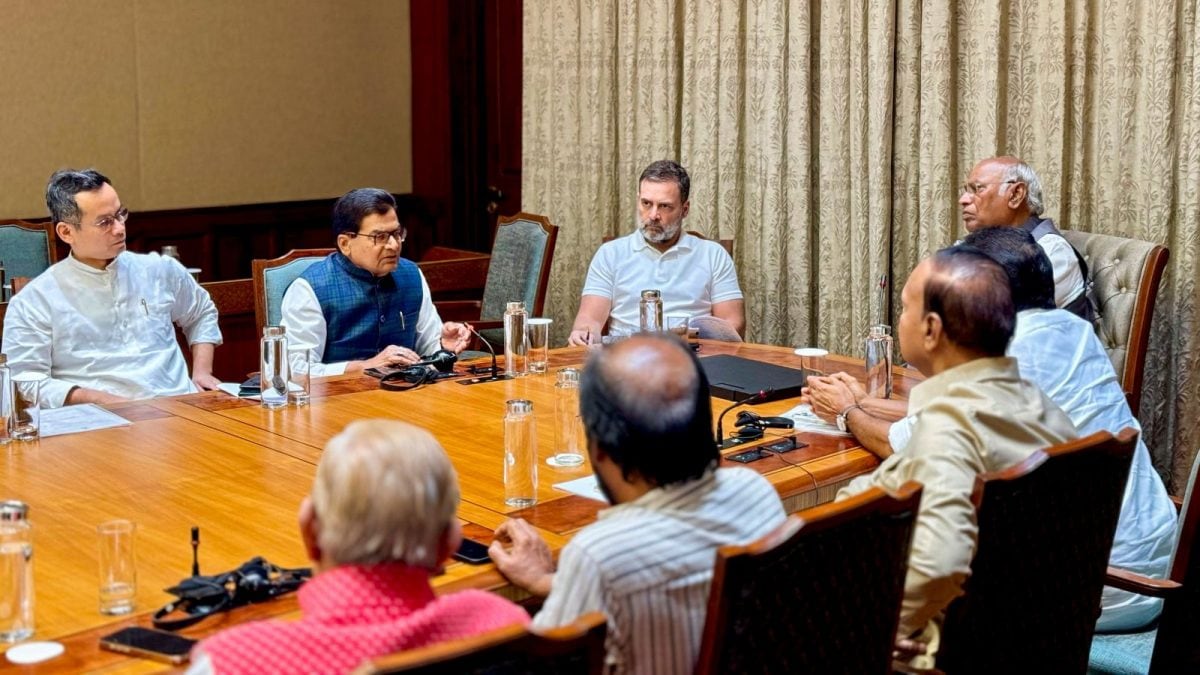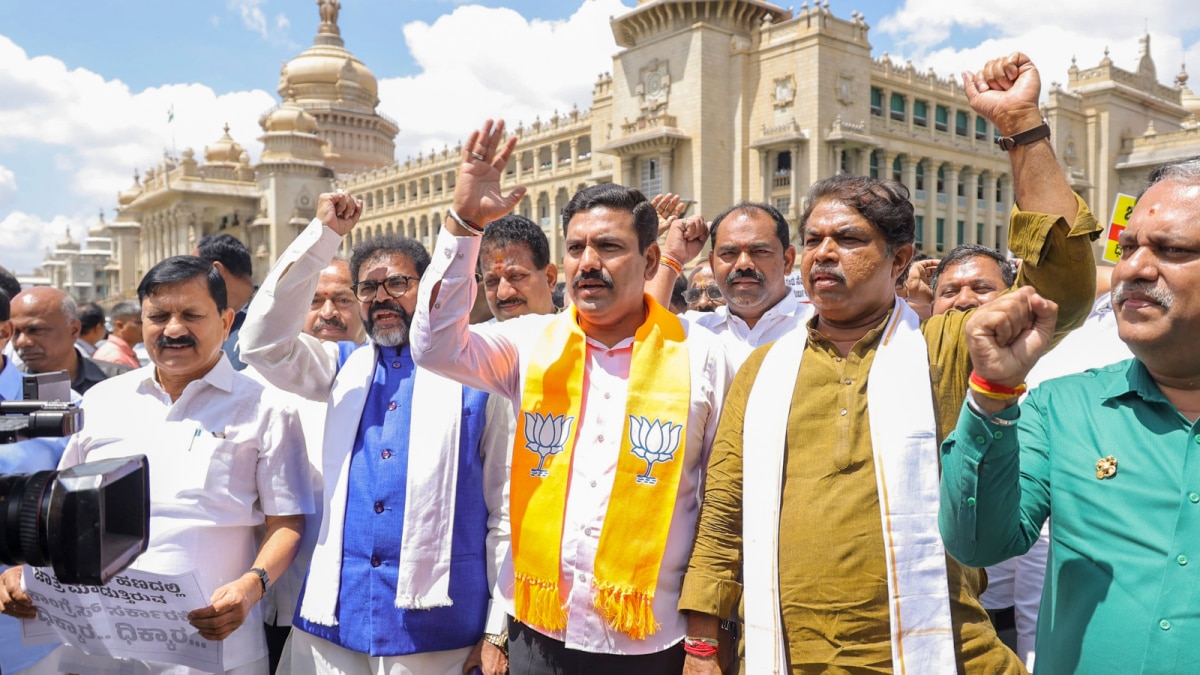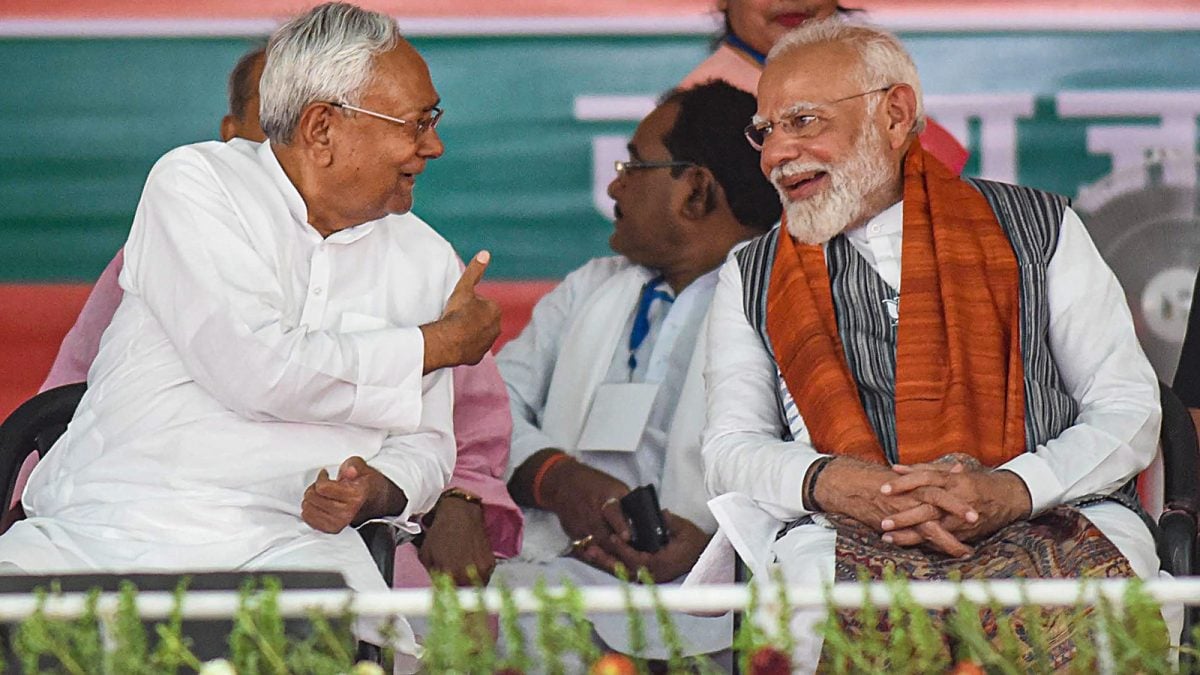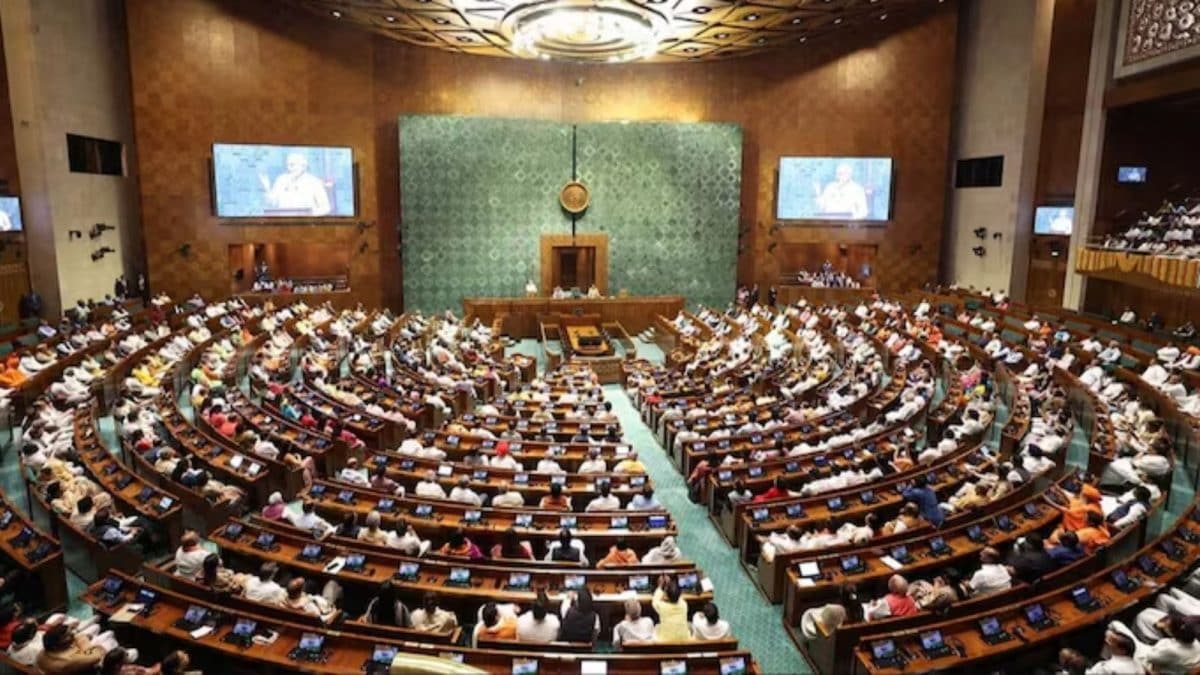Last Updated:April 01, 2025, 17:48 IST
Delhi's worsening air pollution has been exacerbated by lapses in its pollution control mechanisms, including irregularities in the issuance of PUC certificates, unreliable air quality monitoring systems, and poor enforcement of pollution control measures, according to a CAG report tabled in the Assembly on Tuesday.

Air pollution levels in several Indian cities have reached alarming heights, with multiple studies highlighting its immediate and long-term health impacts. (Representative image)
Delhi’s worsening air pollution has been exacerbated by lapses in its pollution control mechanisms, including irregularities in the issuance of PUC certificates, unreliable air quality monitoring systems, and poor enforcement of pollution control measures, according to a CAG report tabled in the Assembly on Tuesday.
The report on ’Vehicular Air Pollution in Delhi’, tabled by Chief Minister Rekha Gupta, highlighted major policy gaps and weak enforcement and poor coordination among agencies as key reasons behind the worsening pollution scenario in the national capital.
More than 1.08 lakh vehicles were issued pollution under control (PUC) certificates despite them emitting carbon monoxide (CO) and hydrocarbons (HC) beyond permissible limits, the reports said.
In many cases, multiple vehicles were issued certificates at the same time, sometimes within a minute of each other, it said.
Between 2015 and 2020, nearly 4,000 diesel vehicles that exceeded pollution limits were still certified as compliant, allowing them to remain on the road despite their high emission levels, the report said.
Out of the 14 CAG reports on the performance of the previous Aam Aadmi Party (AAP) dispensation in Delhi, eight, including on excise and health, have been tabled in the Assembly so far by the BJP government, which assumed charge of Delhi after more than 26 years following a landslide victory in the Assembly polls held on February 5. The report said the city’s Continuous Ambient Air Quality Monitoring Stations (CAAQMS) do not meet the requirements set by the Central Pollution Control Board (CPCB), leading to concerns about inaccuracies in pollution control measures.
The Air Quality Index (AQI) values reported daily may not always reflect the actual pollution levels, making it difficult for the authorities to respond effectively, it noted.
The report also criticised the previous AAP government for failing to conduct any real-time studies to identify the exact sources of pollution, a crucial step in formulating targeted solutions.
"Vehicles are one of the major local contributors to Delhi’s poor air quality," the report said.
Out of the 47.51 lakh overage vehicles required to be deregistered from 2018-19 to 2020-21, the government deregistered only 2.98 lakh such vehicles, constituting a small fraction (6.27 per cent) of the end-of-life-vehicle (ELV), while a majority 93.73 per cent (44.53 lakh) of the ELVs had "active" registration status as of March 2021, the report said, indicating that these ELVs were still plying on Delhi roads.
None of the 347 impounded vehicles were scrapped by March 2021, and the capacity of impounding pits remains grossly inadequate with space for only 4,000 vehicles compared to over 41 lakh vehicles awaiting scrapping, it added.
Inadequate enforcement is another major challenge, the report said.
The transport department’s enforcement branch does not have sufficient staff or vehicles equipped with pollution-checking devices, making it difficult to monitor violations effectively, it said.
Besides the shortage of staff, the enforcement teams did not have vehicles mounted with PUC equipment to check visibly polluting vehicles, resulting in inadequate coverage of the entry points to Delhi, indicating a weak enforcement regime, as per the report.
In the absence of input data regarding location-wise vehicular load, the deployment of the few ill-equipped enforcement teams was also bound to be sub-optimal, it said Additionally, the development of ISBTs at the entry points is another issue.
The CAG report for the year ended March 31, 2018, also highlighted that the Supreme Court’s directions (1998) to the Government of Capital Territory of Delhi (GNCTD) for setting up two ISBTs at the southwest and north entry points to Delhi to prevent the entry of diesel-powered inter-state buses beyond the periphery of the capital were not complied with.
The Delhi government did not establish the two new ISBTs at Dwarka and Narela, despite more than 20 years passing since the Supreme Court’s directions.
In the absence of ISBTs at the entry points, diesel-operated inter-state buses were forced to traverse the city to reach the existing ISBTs (at Sarai Kale Khan and Kashmiri Gate).
The transport department said in November 2021 that proposals for the development of two new ISBTs were being worked out, and it has been decided that the Dwarka ISBT would be developed by the PWD.
Additionally, concerns have been raised over the management of funds meant for improving parking infrastructure. The report said that while money was collected through taxes for parking facilities, there was no official record as to how these funds were utilised.
Poorly managed parking contributes to congestion and increased vehicle emissions, further worsening the city’s air quality, it said.
Despite years of government interventions and action plans, the report said Delhi’s pollution crisis was not just a result of external factors such as crop burning in the neighbouring states but is also fuelled by systemic failures in regulation and enforcement within the city itself.
The findings showed that while authorities have introduced measures to control pollution, poor enforcement and lack of coordination among agencies prevented meaningful progress, as per the report.
It also pointed to vehicular emissions, industrial pollution, construction dust, and stubble burning as primary contributors to Delhi’s deteriorating air quality.
Additionally, improper waste disposal, biomass burning, and limited green cover further aggravate the situation.
The report further highlighted the government’s response and policy gaps, mentioning that multiple policies and action plans existed but they lacked strict enforcement and interdepartment coordination.
It also highlighted the need for better monitoring, stricter pollution control measures, and improved public awareness.
(This story has not been edited by News18 staff and is published from a syndicated news agency feed - PTI)Location : First Published:April 01, 2025, 17:48 IST
News india Delhi Pollution: CAG Report Tabled In Assembly Flags Lapses In Control Measures

 1 day ago
1 day ago
